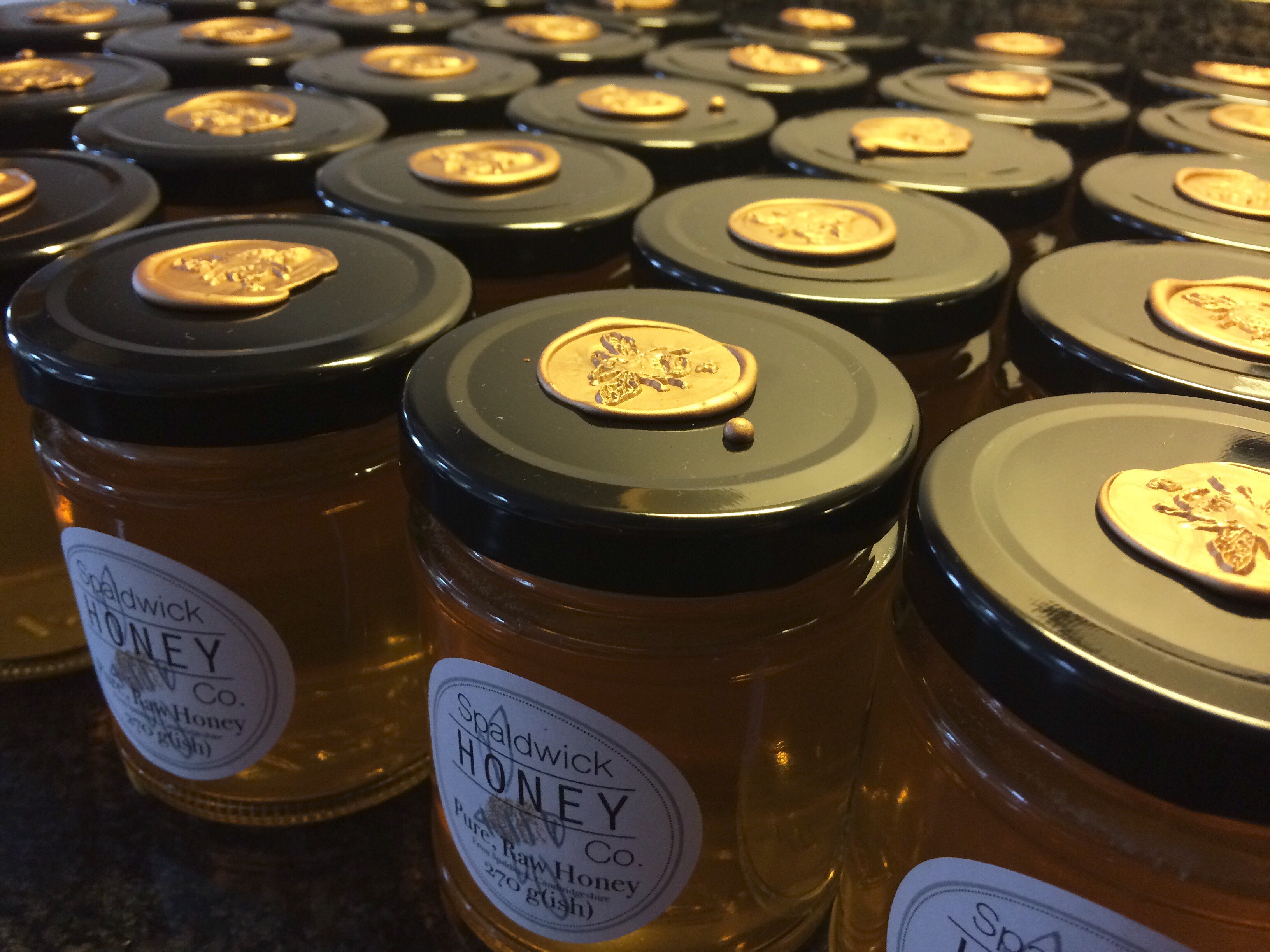Honey extraction.
Ever wonder how beekeepers get the honey out of a hive and into jars ready for you to enjoy?
Then read on...
This is how honey gets from the hive to kitchen table.
First up,
Get the bees out of the hive!
It's much easier to pilfer a hiney stash with no angry little critters trying to defend it.
The same way that if you were storing food for winter over the summer months it would be a lot easier to steal it if you were not home!
There are a number of tools available to the beekeeper to achieve this, but the one I have opted for this time is a 'Rhombus bee escape'. Basically the premise being that he bees make their way through a hole in the bottom and along a corridor that gets smaller and smaller, until it is the size of one bee.
The bees that are outside of this funnel corridor are unable to find the entrance to the honey above! Genius.
Some say that this result can be accomplished in as little as two hours. But not for me! I will have to leave it overnight to be sure. The temperature is supposed to drop overnight which should ensure that the girls are forced down to huddle for warmth.
Next, remove the bee-less frames
and get them to safety
For this I have an empty super (where bees store their honey) and enough fresh frames to replace any that I take. I only take the frames that are completely full and capped because any uncapped honey might not be ripe and have a high water content, which can lead to fermentation, which can lead to, you guessed it, getting drunk at breakfast.
As ever, this is not all plain sailing as there are always a few stragglers left on the frames which are simply brushed off with a goose feather. Work's a treat although they do get a little tetchy about it.
At home,
I begin by washing everything.
The extractor, uncapping tray, settling bucket, filter, lid, tools and surfaces are all cleaned thoroughly. Although honey has anti-bacterial and anti-septic properties, I insist on having a hygienic work area. Obviously.
I begin by using a knife to cut the wax capping off of the comb and use an uncapping fork to pick off the last caps. Some people use these exclusively and can get really quick at it. Not me sadly...
The oozing frames are placed in the extractor, ready to be spun and let the laws of centrifugal force do the hard bit.
Once all the frames are conpletely extracted it is time to open the honey gate on the extractor and pour the goods through a course filter to remove any bits of bee or wax, which drains through into a bucket to settle for a couple of days because the honey will be full of air bubbles from the spinning.
Bottling!
With the honey settled and the bubbles on top skimmed off I'm ready for the next step. Bottling!
First up, clean, clean, clean!
The jars and lids are thoroughly cleaned, then baked in an oven for half an hour to dry and part sterilize them. Like I said, water is the enemy of honey... I've heard that some beekeepers don't clean their jars beforehand because the honey is unaffected by any bacteria. I, however would not wish to taint my honey with anything!!
Now the long bit... Open the gate and carefully fill each jar and seal the lid.
The fancy bit
This is one of my favourite bits because it completes the finished product to a high standard

Labelling the jars! And of course adding the Spaldwick Honey Co wax seal of quality to the tops.
There you have it. From hive to table!